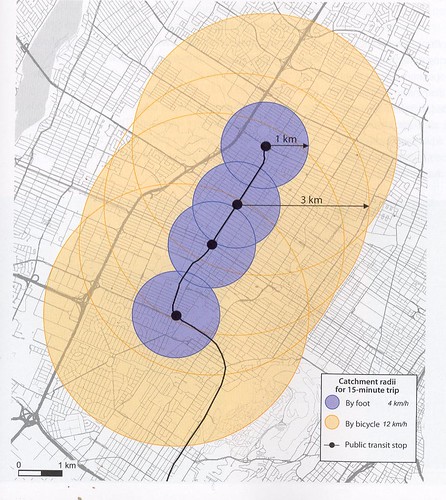More real estate coverage of urbanism as a desirable place to live
Today's Post Real Estate section continues to explore "the option of urbanism" as it features the Shirlington section of Arlington County, Virginia in the weekly neighborhood feature, "Where We Live: Walkable, dog-friendly Shirlington."
From the article:
“Every day I am grateful for my commute,” said Chovanec, who can leave her apartment shortly before she is due at work and still have time to grab breakfast on the way. She can also up pick up groceries and run other errands without driving.
“We essentially don’t use our car all week,” she said. “We sometimes wonder if we need it.” Chovanec’s penchant for walkability isn’t unusual. It’s what draws many residents to this three-block strip off Interstate 395, southwest of the Pentagon.
It hasn’t always been that way. Fifteen years ago, Shirlington was a mostly deserted shopping center kept barely alive by a few good restaurants, a movie house specializing in independent films and a now-defunct catalogue retailer. Despite the seemingly ideal location at the mouth of a major highway, many businesses were put off by the absence of steady foot traffic. Those that did open tended to shutter quickly.
Things began to change in 2000 when Arlington County reached an agreement with Federal Realty Investment Trust to reinvent the shopping center and turn it into a neighborhood where people could live, work and find entertainment without getting into their cars. Today, Shirlington Village’s approximately 2,000 residents live in five rental buildings and one 11-story condo building.
The article goes on to discuss how the County co-located the Signature Theatre there, in an addition to the County Library.
It doesn't discuss lack of fixed rail transit, but does discuss bus service, and Arlington County opened an enhanced bus terminal in Shirlington a few years ago. Shirlington is obviously accessible via freeway, but is about 5 miles away from the Crystal City Metro Station, and about 2.5 miles from Columbia Pike, which will have streetcar service.
It does pose an interesting question, if enhanced bus service would be seen as attractive by such residents, and would be used. But the area needs more population to be able to support that kind of service.
Anyway, stories like this one and the one mentioned earlier in the week, in the blog entry, "Is real estate reporting changing somewhat towards walkability (and bikeability)," demonstrate that at least in the Washington region, times are changing--at least somewhat.
------
P.S. In the previous entry, there are very good comments (but I can't reply because of some weird software glitch). They commented on the point about center city vs. suburb in terms of "competition" for people who want urbanism.
If you think about my mobility shed concept (See "Updating the mobilityshed / mobility shed concept" from 2008) how can people's accessibility and mobility be enhanced effectively in these situations?
Well, I'd say biking can make a big difference in terms of extending the range of non-autmobile-based accessibility and mobility, depending on the ability to integrate neighborhood/district trail systems and provide ways to cross barriers such as freeways.
It definitely would in last week's example of Warwick Village in Alexandria. It's 1.9 miles from the neighborhood to the closest subway stop. That's an easy bike ride. So there is a lot of latent opportunity within the suburbs to increase bike use--if we can figure out how to deal with those pesky arterials...

Catchment area of public transit stops for pedestrians and cyclists. p. 135, Planning and Design for Pedestrians and Cyclists: A Technical Guide, produced by VeloQuebec.
Labels: real estate, sustainable transportation, transit, urban design/placemaking, walking



0 Comments:
Post a Comment
<< Home